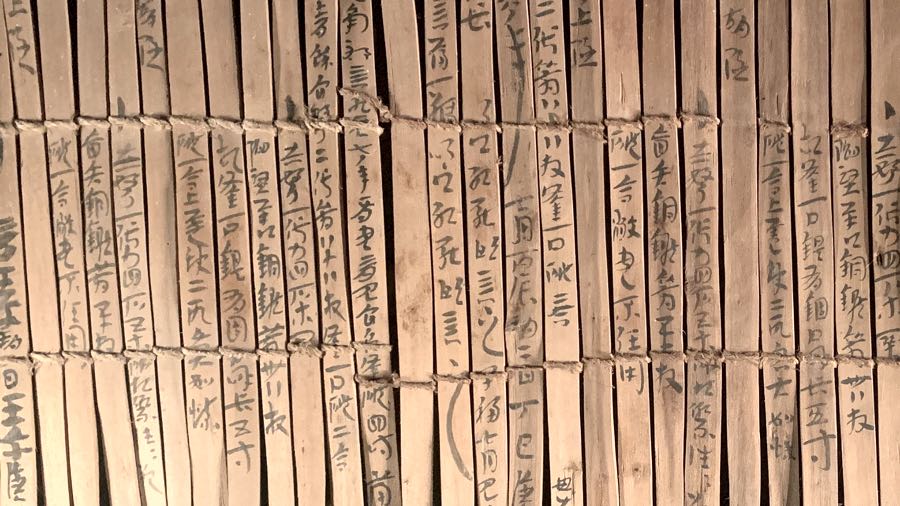
Site Format
This site unfolds as an intricate fusion of English, Cantonese, and Mandarin languages. Striving for simplicity and precision, we have structured the content with the following principles:
- Chinese Names and Expressions: All Chinese names and expressions, regardless of Cantonese or Mandarin romanisation, are italicised and accompanied by Chinese characters for reference. Example: Kwan Yuen Cheong 關潤昌.
- Name Presentation: All names are presented as per their original registration documents. Parentheses or footnotes clarify any dialectal differences. Example: Wong Siu Kuen 黃少娟 (Huang Shao Juan in Mandarin Pinyin).
- Italicised Chinese Nouns: Chinese nouns are presented in italic script. Example: Bihu gong 壁虎功 or with the English version, gecko skill 壁虎功.
- Cantonese Romanisation: The romanisation of the Cantonese dialect follows the old system used by the Hong Kong government in the 1970s era. This system greatly influenced the spread of Chinese martial arts culture worldwide. Example: kung fu 功夫.
- Mandarin Romanisation: We have used the Hanyu Pinyin 漢語拼⾳ system for romanisation of Mandarin.
- Chinese Characters: All Chinese characters are presented in traditional script rather than the simplified method.
- Language Format: The main body of work is presented in the British format of the English language, with footnotes following the Oxford style.
- Historical Periods: Mention of historical periods includes dates in parentheses for clarity and quick reference. Example: Spring and Autumn period 春秋時代 (771–476 BCE).
- Historical Research Section: In the historical research section, all significant texts are accompanied by the corresponding Chinese script or an image from the original document for immediate reference.
